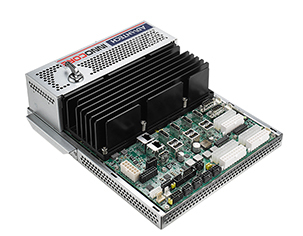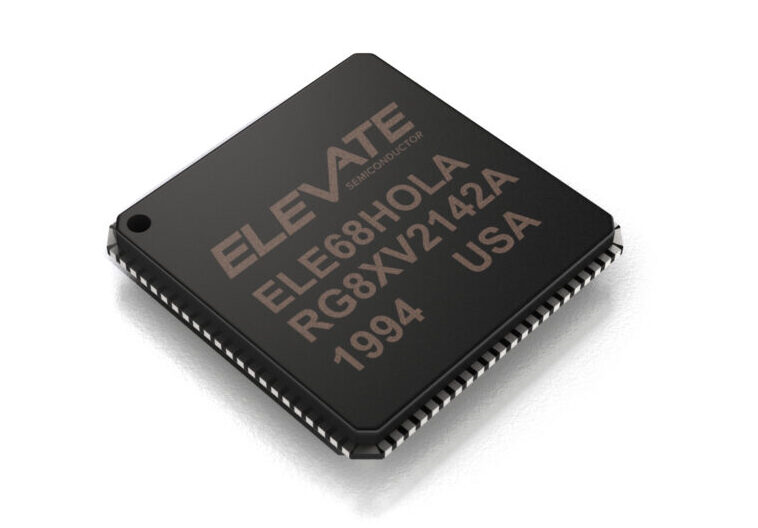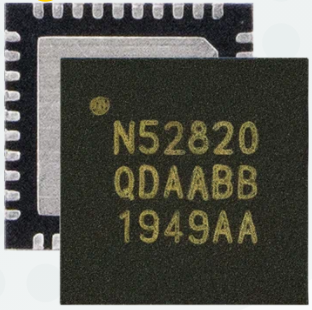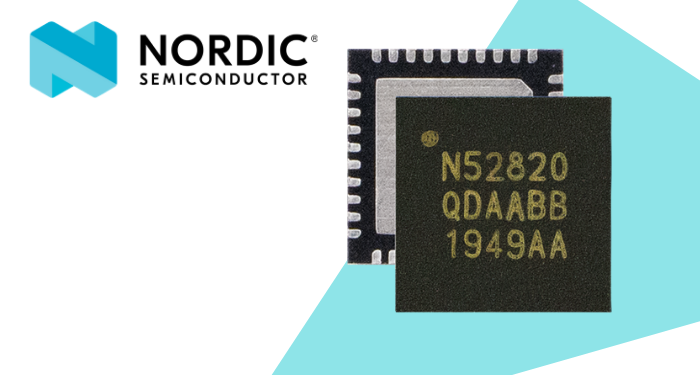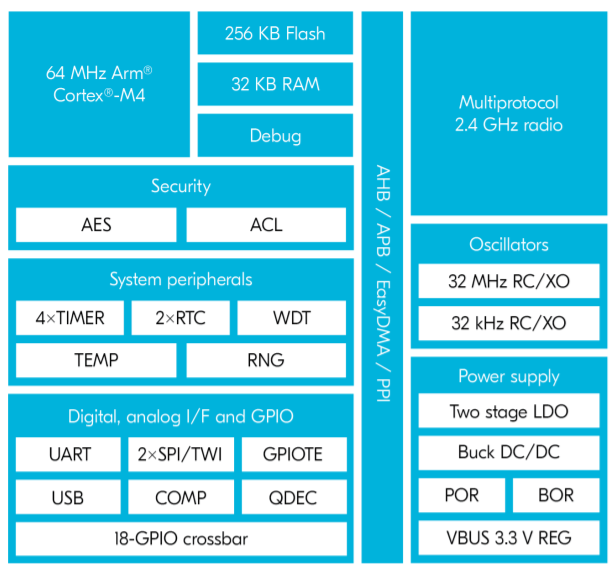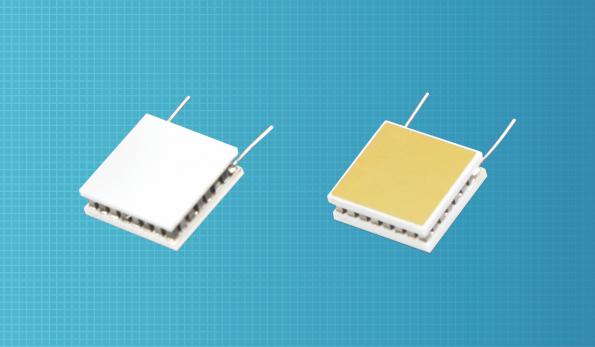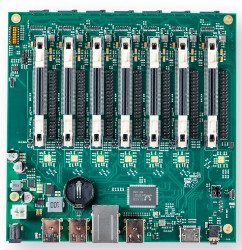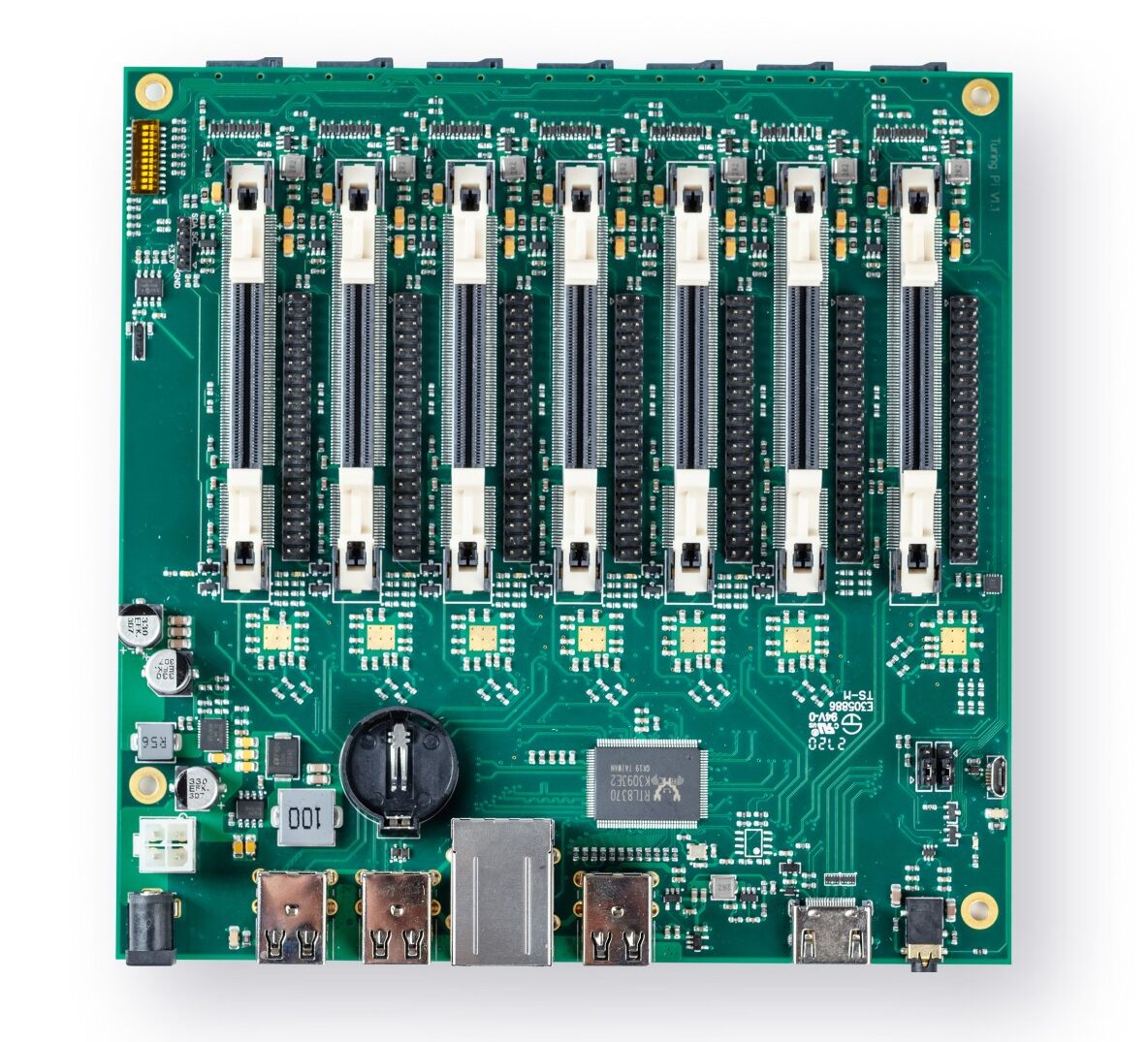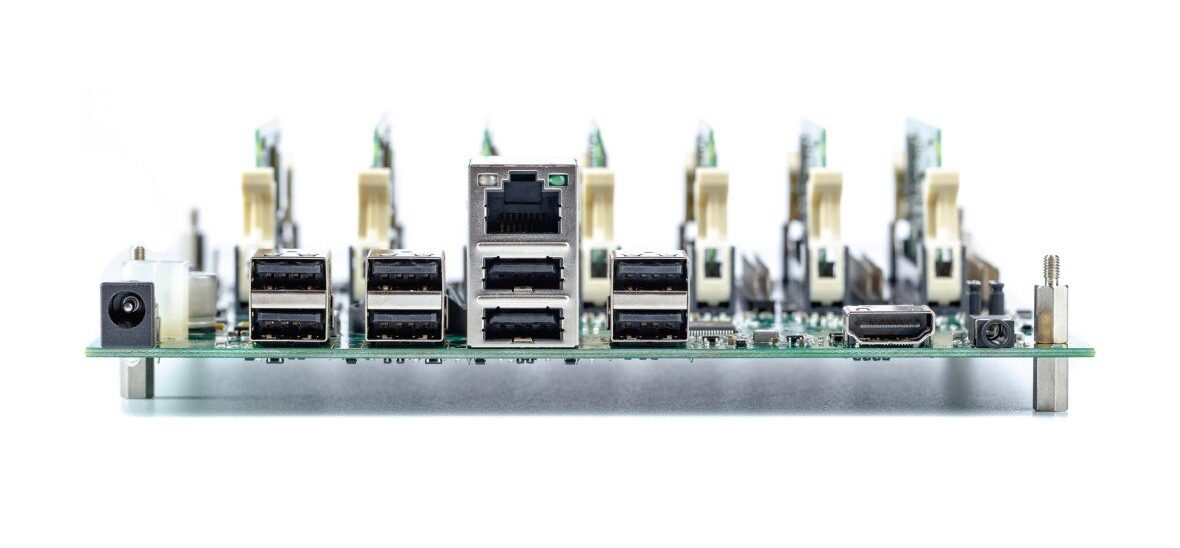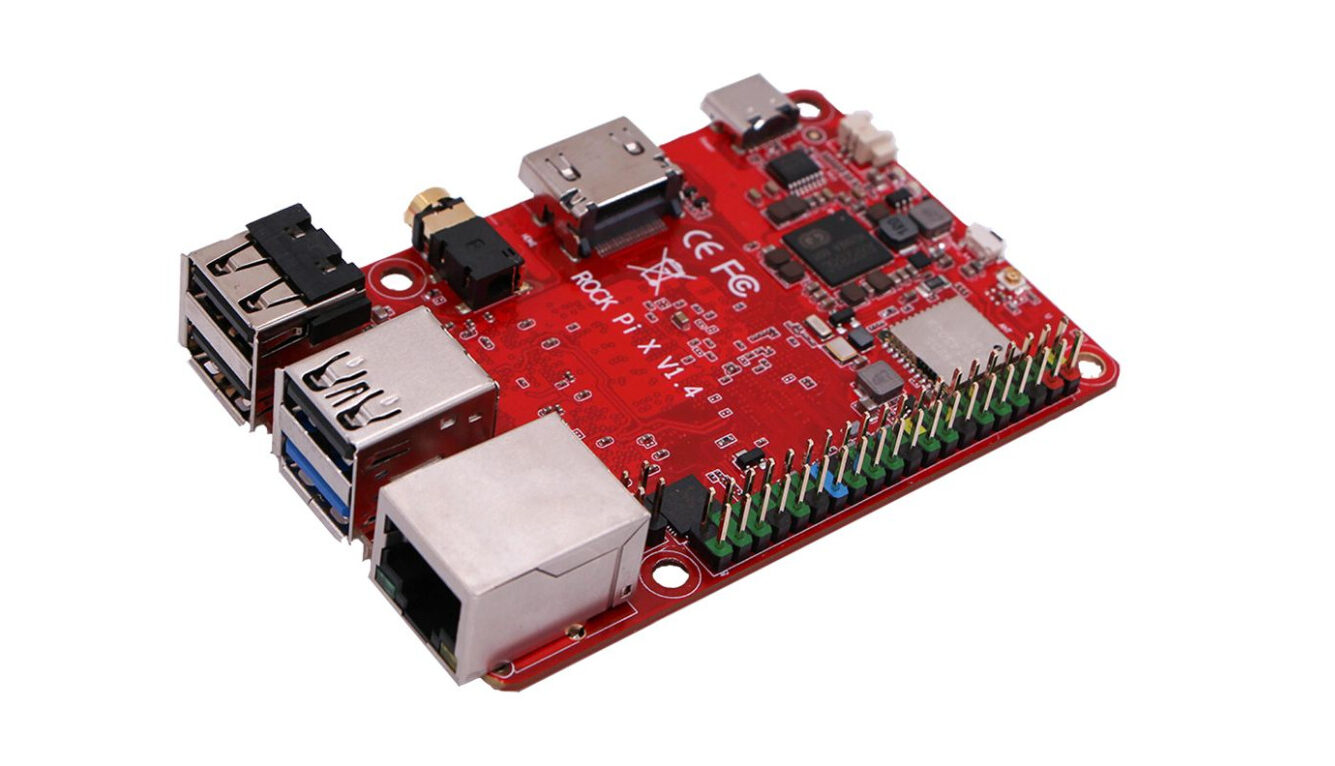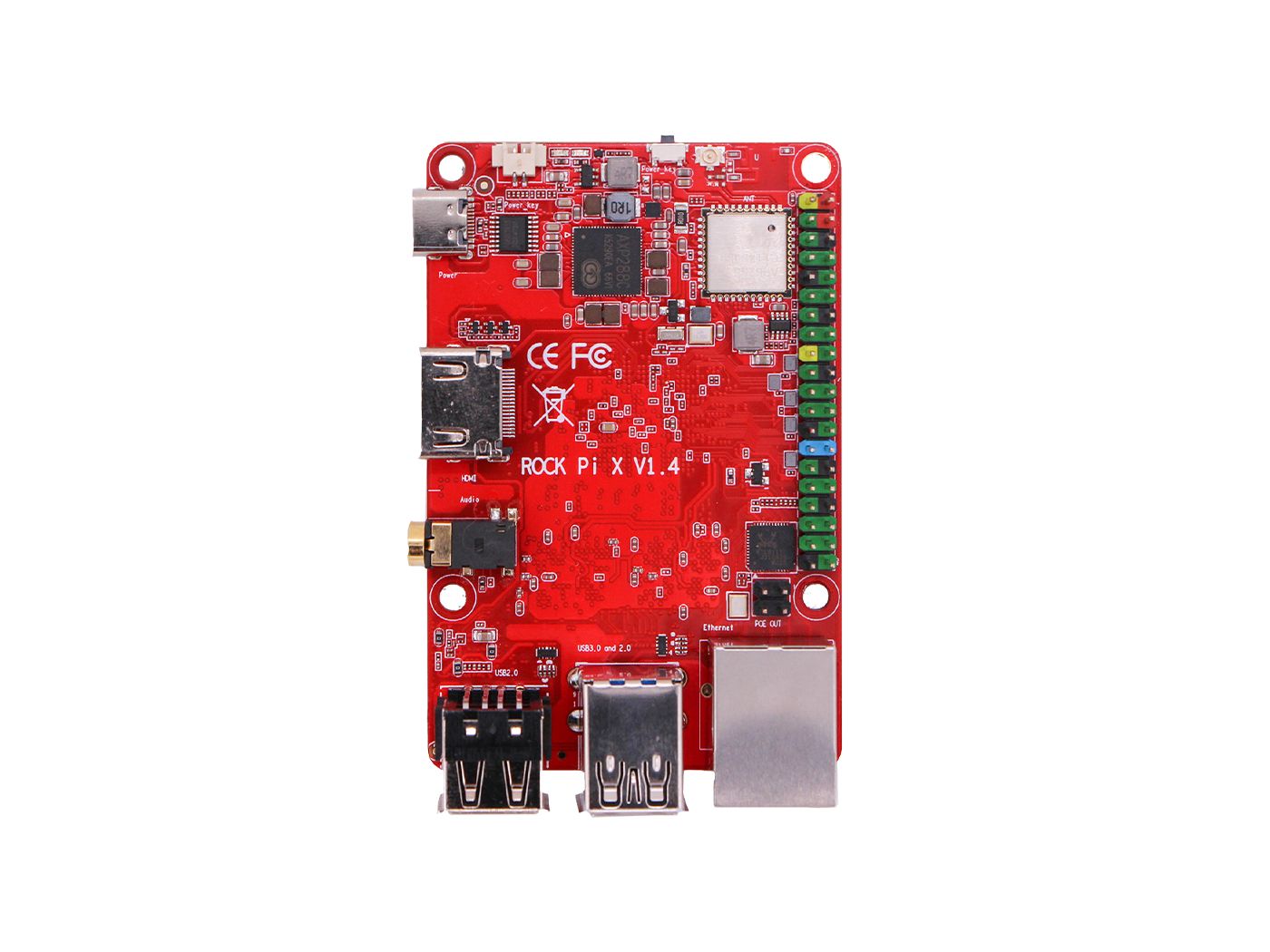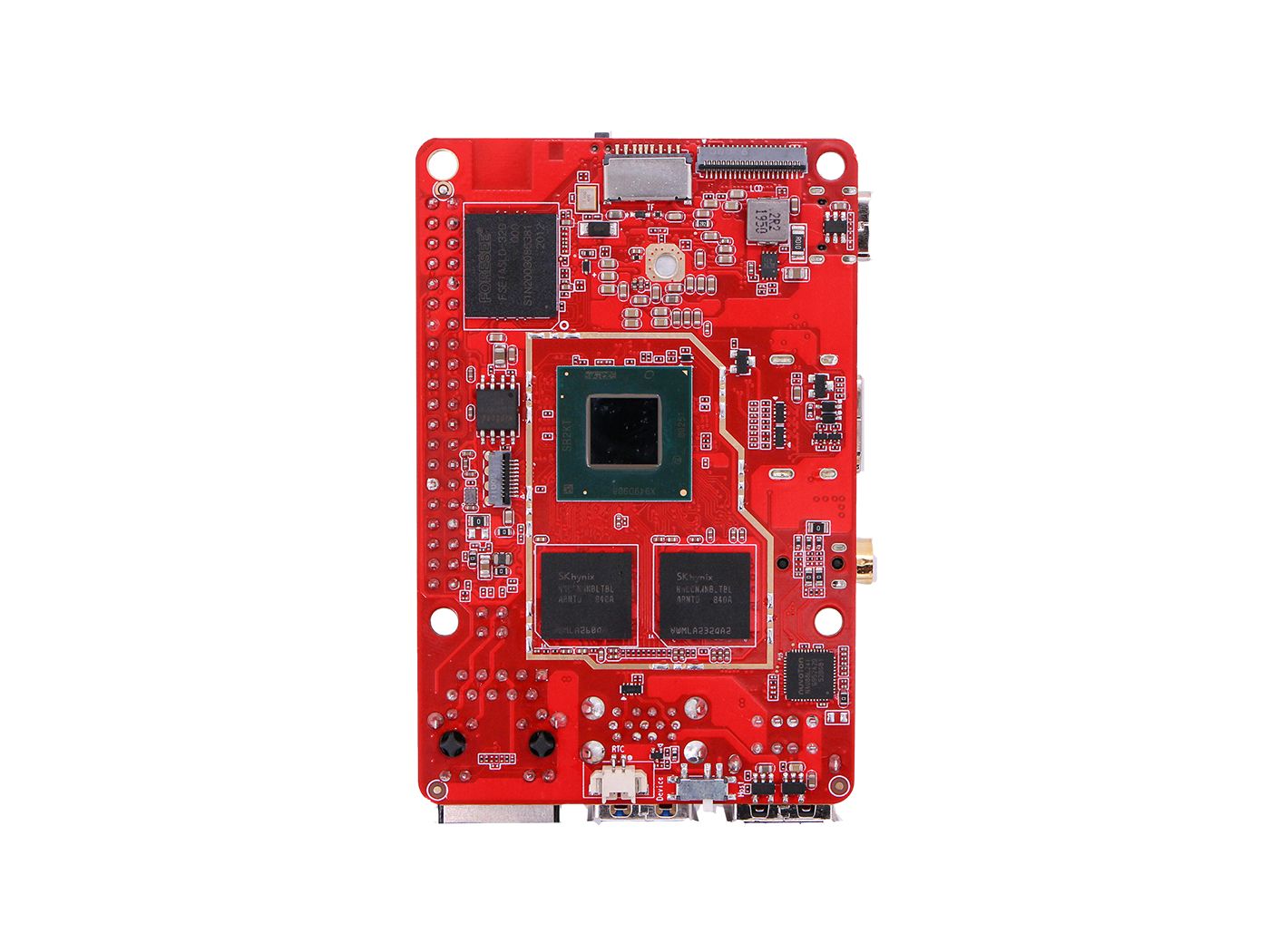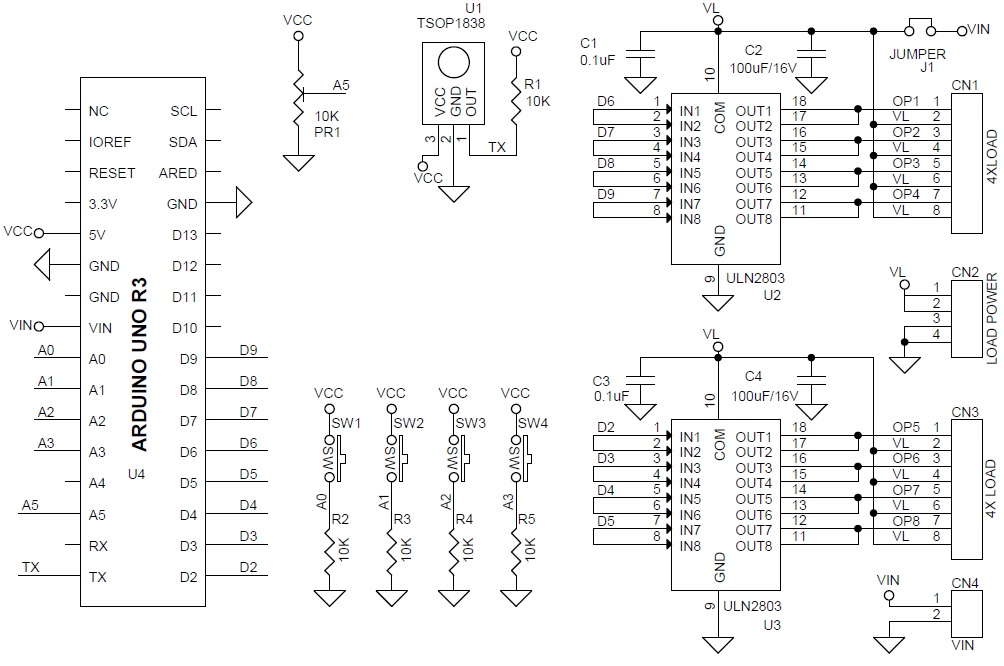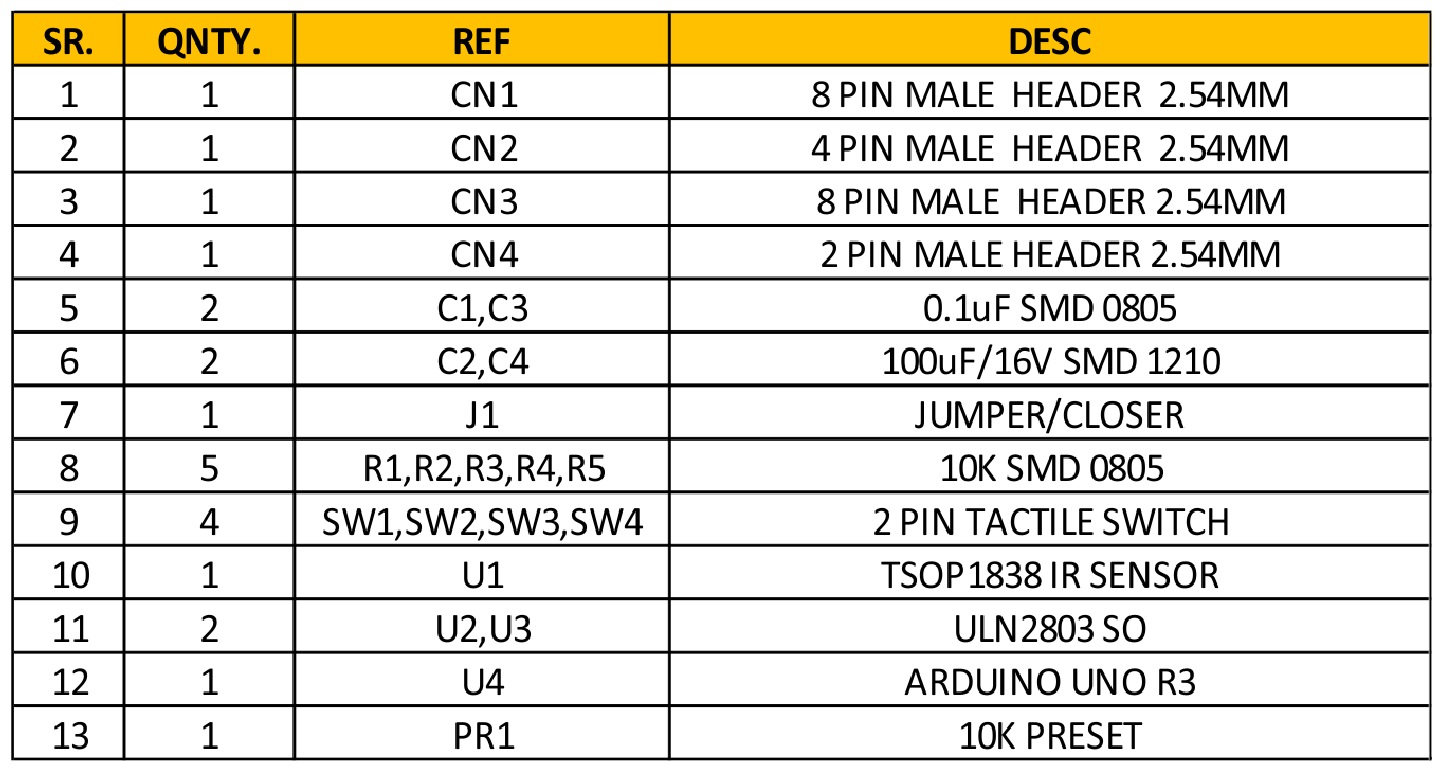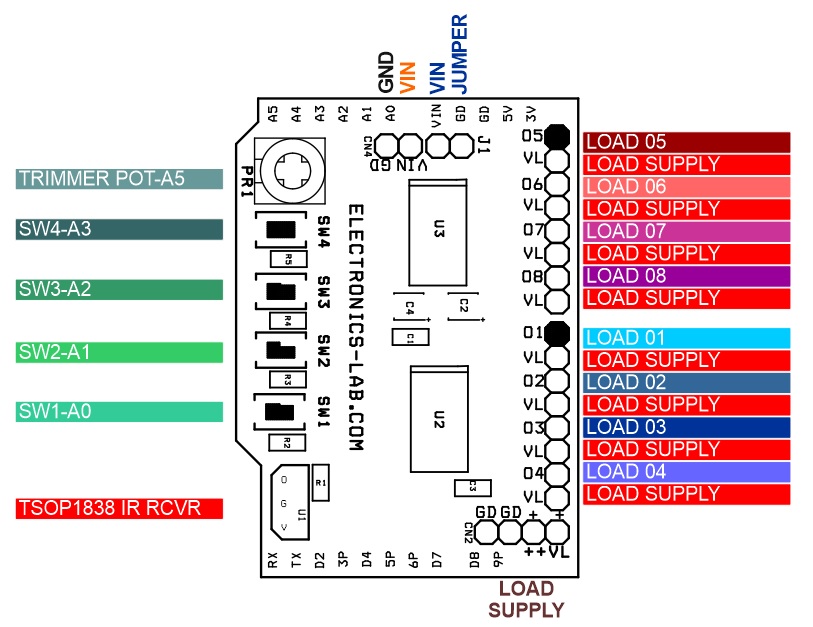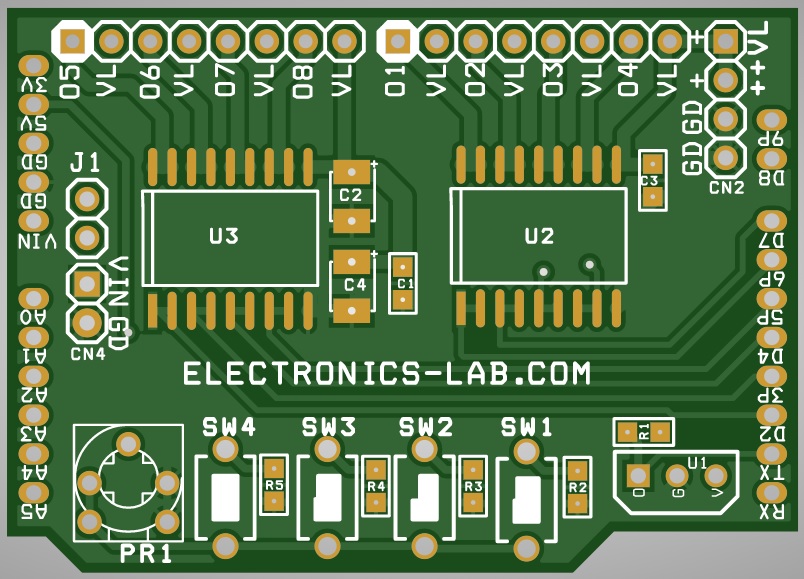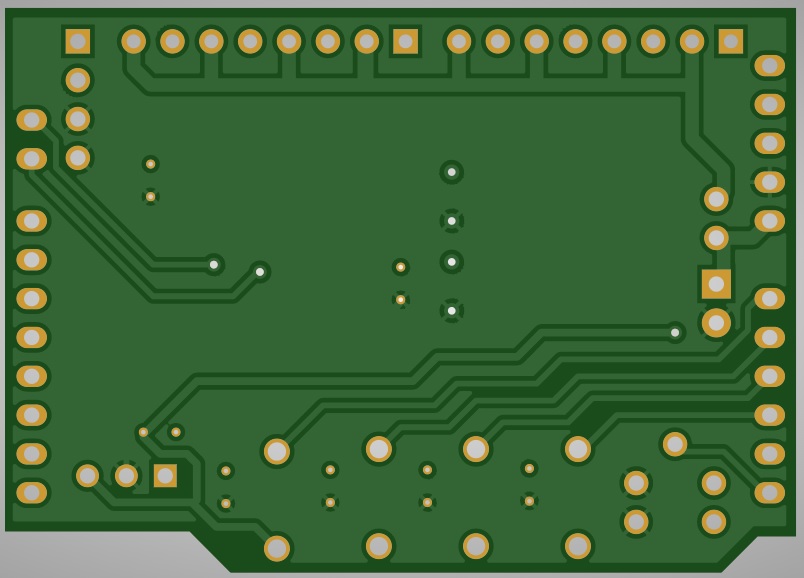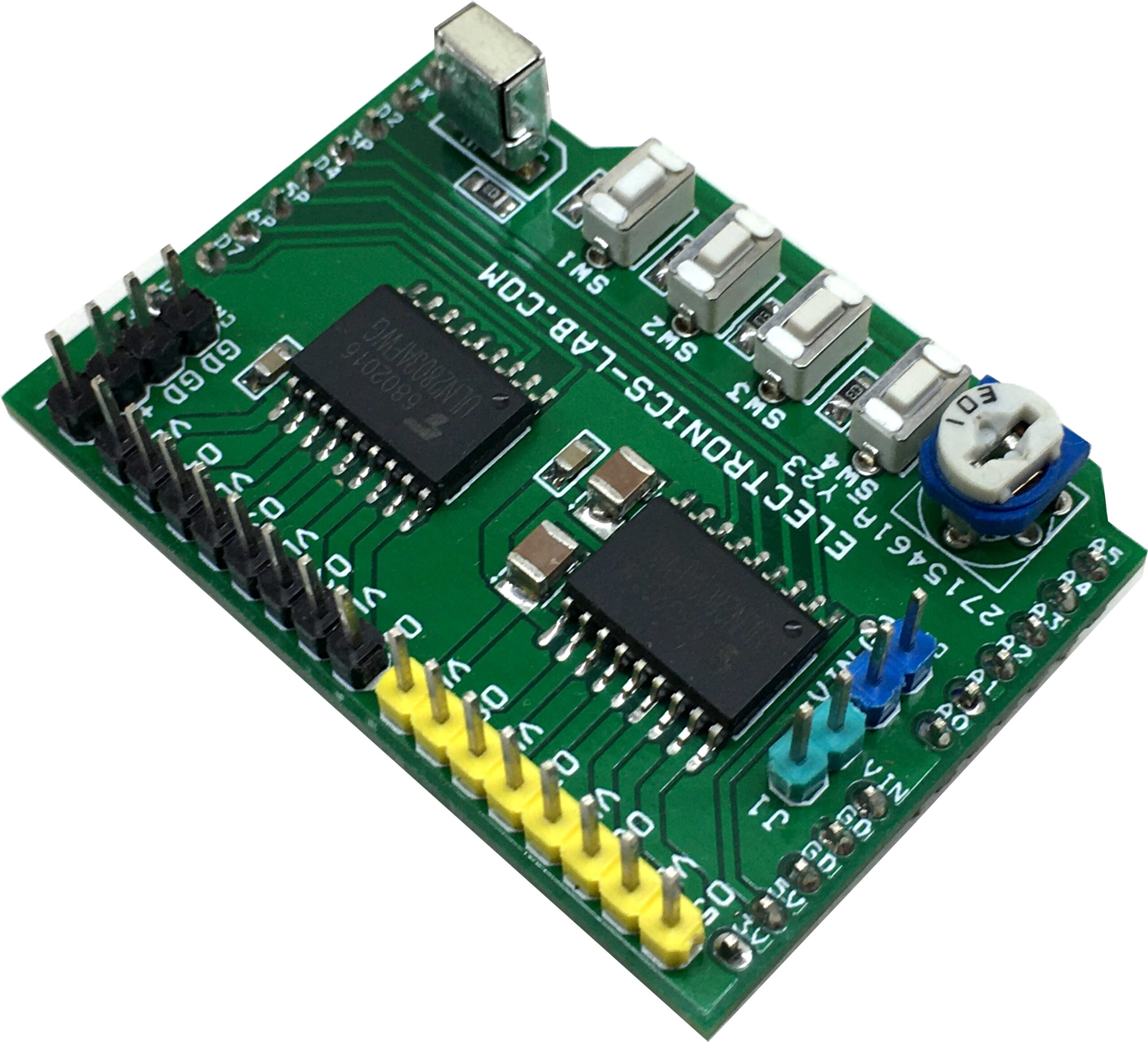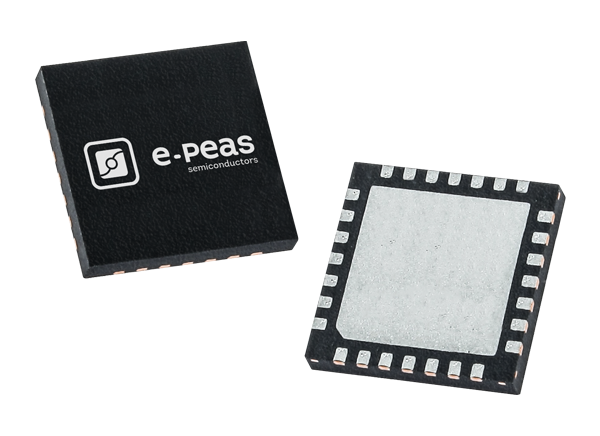Advantech-Innocore the gaming-focused business group of Advantech Corp, announces the new DPX®-E145 gaming system. The DPX-E145 is a complete gaming system for the regulated casino and AWP gaming markets combining all the hardware features necessary for a gaming platform together in a high performance industrial grade system.
Breaking new ground in integrated graphics performance, the new 11th generation Intel Core processors with Intel Iris Xe graphics allows the DPX-E145 to meet the ever-increasing demands placed on casino slot machines for a multi-screen, high resolution, immersive player experience.
At the heart of the DPX-E145 is the 11th Generation Intel Core processor, which includes high performance dual and quad core CPUs up to Dual Core @ 3.0GHz (3.9GHz max turbo), Quad Core @ 2.8GHz (4.4GHz max turbo) and sporting massive cache up to 12MB. The system is supplied with up to 64GB DDR4 PC3200 system RAM, and the DPX-E145 is ready for mission critical applications that require an ECC memory option.
Highlights
- 11th Generation Intel® Core™ SOC CPUs
- CPUs up to Dual 3.0 (3.9) GHz, Quad core 2.8GHz (4.4) GHz
- Intel Iris Xe integrated graphics
- Four 4k monitor support
- Comprehensive gaming features
- Passive cooled system up to 28W
- 12V DC single input or ATX power
The “Discrete-level Graphics” core (Intel Iris Xe graphics) outputs to four independent monitors via four DisplayPort DP++ ports. The graphics engine features the latest Intel Xe architecture with up to 96 graphics execution units, providing unrivalled performance and features including Direct X 12, OpenGL 4.5, OpenCL 2.2 and support for video decoding HEVC/VP9/SCC (10 bit). The new display engine is optimized for four 4K displays at 60Hz but also supports two 8k displays at 60Hz.
Even with the unprecedented high performance, the DPX-E145 is passive-cooled requiring no CPU fan in most applications and therefore reducing maintenance costs for potential fan failures in the field.
The DPX-E145 is designed with the same format as the other E series products (DPX-E135, DPX-E140) and has the same “Cabinet-ready I/O”. This innovative design puts all the connectors conveniently in one area and uses typical slot machine industry connectors to provide an economical, robust harnessing design. The need for additional connector boards or backplanes is eliminated saving cost and simplifying cabinet layout and harnessing.
A full feature set of I/O and COMs designed specifically for gaming devices is also included and the system is compatible with Advantech’s software solutions for security, media validation, SAS and diagnostics.
A wide variety of storage devices are supported including SATA DOM, C-Fast, M.2, USB drive and the system has a built in easy-service tray for 2.5” SATA SSDs.
The DPX-E145 is the ideal integrated platform for many gaming, amusement and kiosk applications calling for a very high-performance gaming platform backed by the reliability and longevity only available from Advantech and Intel.
Key features
- Dual and Quad Core 11th Gen Intel Core CPUs up to: Dual Core @ 3.0GHz (3.9 GHz max turbo), Quad Core @ 2.8GHz (4.4GHz max turbo)
- Intel Iris Xe high performance graphics with Core i5 and i7 CPUs (i3 have Intel UHD for 11th Gen. Graphics cores)
- Four independent monitors supported (4 x 4K60)
- Comprehensive gaming features including dedicated ports for CCTALK, SAS, GPIO, I2C, meter connect, ID003, RS485, and 5.1 surround sound.
- Passive cooled system up to 28W
- 12V DC single input or ATX power
- “Cabinet-ready” I/O connectors on-board
- Casino grade lock and intrusion monitoring (Battery backed and logged)
- Long lifecycle (guaranteed 7 years in production)
Craig Stapleton, Advantech’s Product Director, commented,
“Following the success of our DPX-E135 and DPX-E140 products with ‘Cabinet-ready I/O,’ we are pleased to be able to bring customers a high performance follow on product, the DPX-E145. The DPX-E145 is one of the first products to utilize the latest 11th Generation Intel Core architecture that is the first to offer the revolutionary Intel Iris Xe graphics core. Xe graphics with up to 96 execution units supports 8K displays or 4 simultaneous 4k displays. The new Iris Xe graphics has proved very impressive in consumer markets and we are excited to bring it to our gaming customers. Intel Iris Xe graphics with up to 96 execution units that will deliver up to 2.95x the graphics performance of 8th Gen Intel® Core™ processors note 1. This performance increase of this amazing graphics engine means more gaming customers can dispense with the need for a discrete graphics card. The DPX-E145 will be an unbeatable combination for the gaming OEM”.
more information: www.advantech.com


